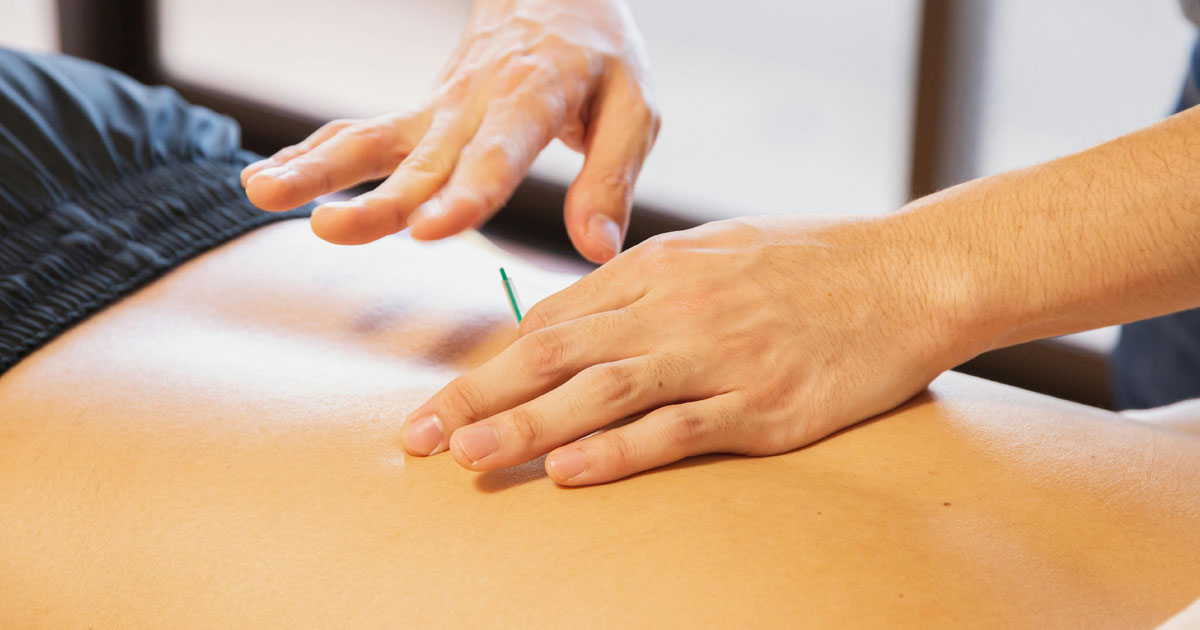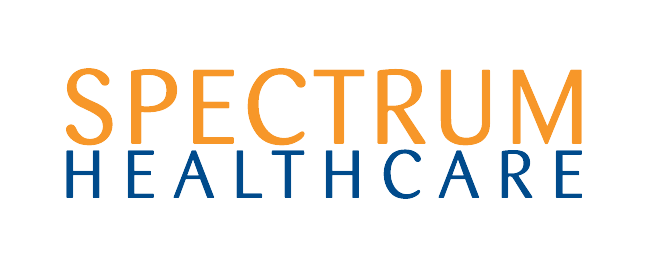
Dry Needling for Lower Back Pain: A Guide for Patients
Understanding Dry Needling
Dry needling is a minimally invasive procedure that involves inserting thin, sterile needles into specific trigger points or tight areas in the muscles. Unlike acupuncture, which is based on traditional Chinese medicine, dry needling is rooted in modern Western medicine principles and focuses on relieving musculoskeletal pain.
How Dry Needling Works
Dry needling targets myofascial trigger points, which are hyperirritable spots in skeletal muscle. These trigger points can contribute to pain, decreased range of motion, and muscle dysfunction. By inserting needles into these points, dry needling aims to release tension, promote blood flow, and minimise inflammation, reducing pain and improving function.
Benefits of Dry Needling for Lower Back Pain
- Pain Relief: Many patients experience significant reductions in pain after dry needling sessions. By targeting specific muscles, this technique can effectively diminish pain signals sent to the brain.
- Improved Mobility: Releasing tight and knotted muscle fibres enhances your range of motion, making it easier and less painful to perform everyday activities such as bending, twisting, and lifting.
- Quick Results: Unlike other therapies that might take several weeks to show improvements, some patients report feeling relief and increased range of motion shortly after their first few treatments.
- Enhanced Recovery Process: Dry needling alleviates muscular stress and tension, complementing other therapeutic interventions and potentially speeding up your overall recovery timeline.
- Reduction in Muscle Tension: Continuous muscle tightness can exacerbate pain. Dry needling helps loosen these tight muscle bands, reducing muscle tension and discomfort.
- Improved Muscle Function: Post-treatment, patients often notice improvements in muscle strength and endurance, as releasing trigger points helps normalise muscle activation patterns.
- Minimal Side Effects: Dry needling is generally well-tolerated and presents few side effects. Some patients might experience mild soreness, akin to a post-exercise feeling, which typically subsides quickly.
Types of Lower Back Pain That May Benefit from Dry Needling
- Chronic Lower Back Pain: Patients enduring persistent pain for over three months may benefit from dry needling, which can help reduce ongoing muscle tension and pain.
- Myofascial Pain Syndrome: This condition is characterised by chronic pain due to sensitive muscle points. Dry needling effectively targets these trigger points, helping to alleviate pain and muscle tightness.
- Muscle Strain or Sprain: For patients suffering from muscle strains or sprains in the lower back, dry needling can help relieve tightness and enhance the healing process by improving blood flow to the affected area.
- Postural Imbalance: Individuals with lower back pain due to prolonged poor posture—such as those who work long hours at a desk—may find relief through dry needling, which helps correct muscular imbalances and reduce strain.
- Sports-Related Injuries: Athletes experiencing lower back pain from overuse or injury might benefit from dry needling. It can help reduce muscle tension and improve function, enabling a quicker return to activity.
- Sciatica: While dry needling does not treat the root cause of sciatica, it can help alleviate the muscle tension and discomfort often associated with sciatic nerve-related pain.
- Acute Lower Back Pain Episodes: Dry needling can provide quick pain relief by addressing muscle spasms and acute tension during sudden flare-ups of lower back pain.
What to Expect During Your Session
- Initial Assessment: Our licensed practitioners will thoroughly assess your lower back pain to determine the best treatment approach.
- The Procedure: You will be comfortably positioned, and the practitioner will use fine needles to identify and target specific trigger points. The procedure usually lasts 15 to 30 minutes.
- Aftercare: Post-treatment, you might experience mild soreness, similar to a post-workout feeling, which typically resolves within a day or two. Applying heat and engaging in gentle stretches can be beneficial.
Is Dry Needling Right for You?
While dry needling can be highly effective for many individuals with lower back pain, it may not suit everyone. Our team will consider your medical history, current condition, and personal preferences to determine the best treatment plan for you.
